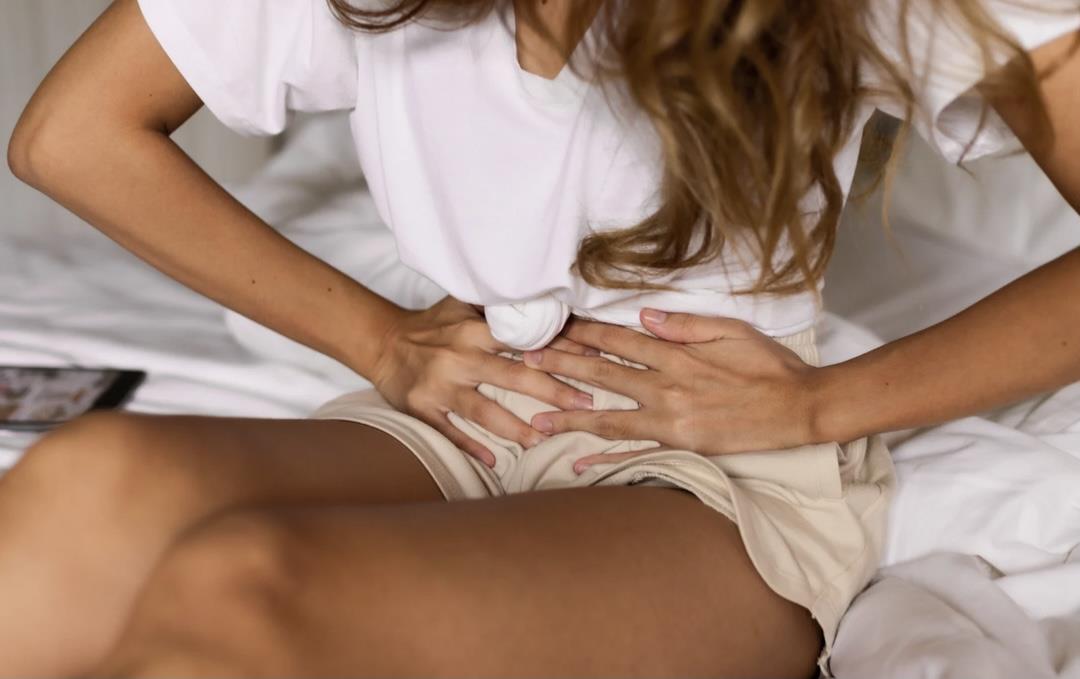
Women At Risk: Dyspareunia Significantly More Common After Mini-Slings Than Full-Length Slings
Dr. Greg Vigna
A recent study in the New England Journal of Medicine shows mini-slings do not reduce the risk of groin pain compared with full-length mid-urethral slings
patients with mini-slings that insert into the obturator internus muscle have an increased need for pain medications of any kind at all time points during the study” — Greg Vigna, MD, JDSANTA BARBARA, CA, UNITED STATES, July 1, 2022 /EINPresswire.com / -- Dr. Greg Vigna, practicing physician, national pharmaceutical injury attorney, and certified life care planner states,“This study was sponsored by England's National Institute for Health Research and in our opinion doesn't support the clinical use of mini-slings that insert into the obturator internus muscle in any clinical situation. The study compared women implanted with mini-slings that insert into the obturator internus to women implanted with full-length mid-urethral slings and the results are very bad for the women in the mini-sling group. The data indicates that women implanted with mini-slings had increased dyspareunia compared with full-length mid-urethral slings (11.7% versus 4.8%) and women with mini-slings required at least twice as many surgical procedures for pain and erosions than women implanted with full-length mid-urethral slings. Efficacy appears to be worse for the mini-sling group as women implanted were twice as likely to require another surgical procedure for treatment of incontinence than those implanted with full-length slings.”
Dr. Vigna adds,“Clearly the 2019 position statement by the National Institute for Health and Care Excellence in England (NICE) had it right and supports my law firm's position that there is a basis of physician malpractice for merely selecting a full-length transobturator (TOT) sling or mini-sling that inserts into the obturator internus muscle. The NICE's position is clear:
“Do not offer a transobturator approach unless there are specific clinical circumstances in which a retropubic sling approach should be avoided' and 'Do not use… single-incision sub-urethral short mesh sling insertion except as part of a clinical trial'”
Dr. Vigna states,“This study was financed by public funds and compared mini-slings that insert into the obturator internus muscle to full-length mid-urethral slings. In England that is an important question since the National Institute of Health has already moved to limit the implantation of full-length transobtruator slings in 2019 because of the increased risk of serious pain syndromes when compared with retropubic slings. It looks like NICE got it right for the safety of the women in England by limiting the use of mini-slings to clinical trials. In the United States, American Urogynecology Society (AUGS) has it wrong as its position continues to recommend mini-slings that insert into the obturator internus muscle and the use of full-length transobturator slings for the routine surgical use for stress urinary incontinence.”
Dr. Vigna concludes,“Thirty percent of physicians who treat female incontinence in the United States don't use mesh because of the dangers of mesh. Clearly, we are at the point that mini-slings that implant into the obturator internus muscle and full-length transobturator slings must be limited in this country by AUGS.”
Symptoms of neurological injury from mid-urethral slings include:
1) Groin pain
2) Hip pain he
3) Inability to wear tight paints
4) Clitoral pain or numbness
5) Severe pain that makes vaginal penetration impossible
6) Tailbone pain
7) Anorectal pain
8) Painful bladder
9) Pain with sitting
Ben Martin and Laura Baughman are national pharmaceutical injury attorneys in Dallas, Texas. Dr. Vigna is a California and Washington DC lawyer who focuses on catastrophic injuries and the neurological injuries caused by transvaginal mesh devices including pudendal neuralgia, obturator neuralgia, ilioinguinal neuralgia, and complex regional pain syndrome.
To learn more on the anatomical basis for TOT complications including obturator and pudendal neuralgia and the treatments of obturator and pudendal neuralgia click here .
Read our FREE BOOK on Vaginal Mesh Pain.
For articles, video resources, and information visit the Pudendal Neuralgia Educational Portal or .
Click the following link for information regarding sling related complications:
Greg Vigna, MD, JD
Vigna Law Group
+1 800-761-9206
email us here
Visit us on social media:
Facebook
Twitter
LinkedIn

Legal Disclaimer:
MENAFN provides the
information “as is” without warranty of any kind. We do not accept
any responsibility or liability for the accuracy, content, images,
videos, licenses, completeness, legality, or reliability of the information
contained in this article. If you have any complaints or copyright
issues related to this article, kindly contact the provider above.


















Comments
No comment